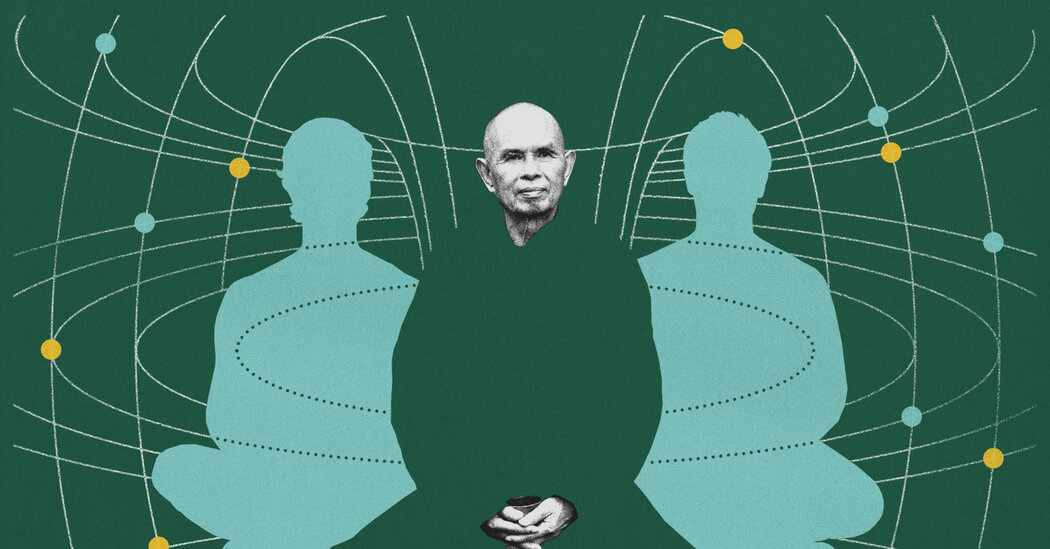The Thich Nhat Hanh classic is celebrating its 50th year in circulation. It also taught me to be OK with life’s uncertainties.
In the fall of 2017, I moved into a pale green Victorian house in the Haight-Ashbury neighborhood of San Francisco. I’d recently left Chicago after a one-year stint — though it felt as if I had escaped.
At the time, I was in the midst of an all-consuming battle with anxiety and obsessive-compulsive disorder, one that I was desperate to figure out. San Francisco, I hoped, with its Pacific vistas, endlessly green parks and people from just about everywhere, would give me the space to shift my life in a sunnier direction.
I dropped my suitcases at my new apartment and decided to head outside. But as I walked around the neighborhood, passing a large purple mural of Jimi Hendrix, I couldn’t appreciate my new home. I was too focused on willing my intrusive thoughts to stop.
My O.C.D. is not like the one you see in movies. I don’t check doors or wash my hands eight times before leaving the house. For many people with O.C.D., including me, it’s more internal: Irrational thoughts enter the mind and remain there, festering.
The circular thought I experienced in front of that mural was absurd: that I would never live the life I wanted because I wouldn’t be able to focus on anything except, well, worrying.
But in that old Victorian house, I met Nate, and we quickly morphed from roommates into friends. We played guitar in the living room, prepared homemade dessert hummus and dissected our ongoing exoduses from the Judeo-Christian faiths in which we’d grown up. Not only that, Nate was a meditation teacher and he gradually became mine.
